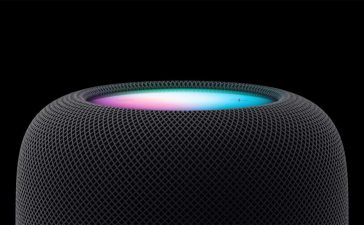Microsoft ended support for Internet Explorer 11 (IE11) as a desktop application on Windows 10 back on June 15, 2022, and permanently disabled its legacy browser on certain versions of Windows 10 on February 14.
That really ought to have been the end of it. Alas, who could have foreseen that Microsoft’s browser prophecy – “the future of Internet Explorer on Windows 10 is in Microsoft Edge” – would remain forward-looking two years on. “Certain versions of Windows 10” is not all versions of Windows 10 and some organizations still haven’t let go of a browser that reached peak popularity in 2003 and then tailed off.
Microsoft hinted as much in February when it began pushing a patch to disable IE 11 via a Microsoft Edge update. It exempted the IE platform – IE11’s Trident/MSHTML browser engine, Web Object Control (WebOC), and Component Object Model (COM) automation – in order to permit the continuance of IE mode, a way to render websites that depend on the legacy browser using the IE platform. And that exemption is scheduled to last until at least 2029.
But on Thursday, Microsoft offered a more explicit acknowledgement that while Edge will replace Internet Explorer in the future, it hasn’t been able to cajole every customer living in the present into quitting IE11 just yet.
In February, Microsoft said it planned to remove IE visual references, like icons on the Start Menu and taskbar, in the June 2023 Windows monthly security update, scheduled for June 13, and in the optional, non-security preview release for certain Windows versions scheduled for May 23.
That’s no longer the plan.
In an update to its Internet Explorer 11 desktop app retirement FAQ, community manager Heather Poulsen clarified that the removal of IE 11 interface elements will be left to customer organizations.
“Based on customer feedback, organizations will maintain control over determining the timing to remove IE11 UI elements from their devices, if they have not already done so,” said Poulsen, pointing out that IT teams have the option to remove IE11 visual references on Windows 10 devices via the Disable IE policy.
Meanwhile, Edge’s manifest destiny will continue to creep onward, eliminating some but not all the special circumstances where Internet Explorer is still allowed.
Poulsen clarified, “Additionally, over the coming months a small subset of exceptional scenarios where IE11 is still accessible will be redirected to Edge, ensuring users access a supported and more secure Microsoft browser. Details will be available in the Windows and Microsoft Edge release notes.”
Some day, when Internet Explorer is truly gone, you may miss the old browser. But that day isn’t here yet. ®












